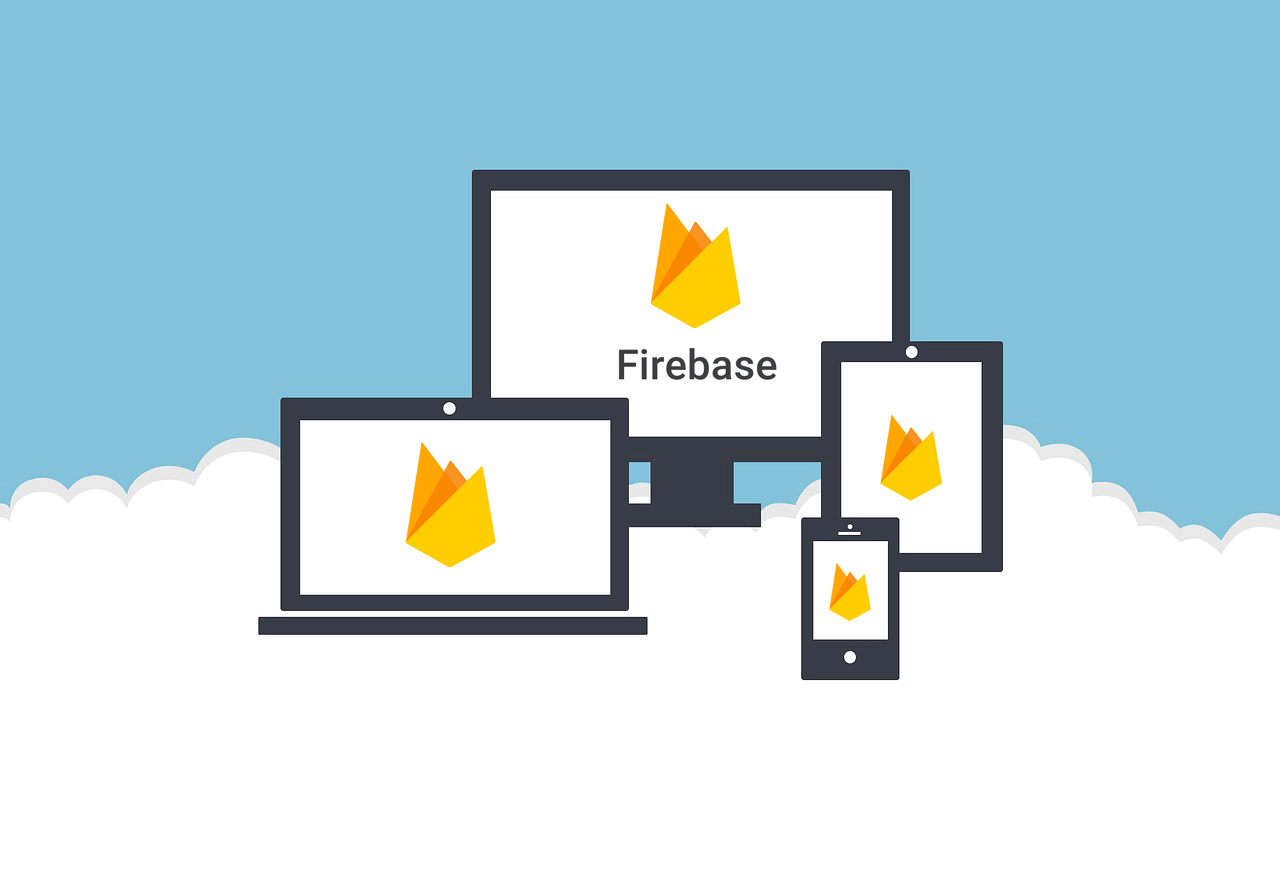 CLOUD
CLOUD
 CLOUD
CLOUD
 CLOUD
CLOUD
Google LLC today announced a number of updates to its Firebase app platform that overhauls many of the tools offered to developers.
The updates include the addition of machine learning with Predictions, crash reporting with Crashlytics and an A/B testing framework using Optimize. The company delivered the announcements and details during its Firebase Dev Summit 2017 conference in Amsterdam.
Firebase Predictions is a new product that will provide developers access to a modeling service that can proactively predict the behavior of app users based on historical data. This is especially important for app developers seeking to ease new users into their system or retain users who would be likely to leave the platform.
Using the power of machine learning, Predictions can categorize app users into dynamic groups, such as users predicted to leave the app in the next week, users predicted to stay engaged, those predicted to spend money and those predicted not to spend money in the next week.
Developers can use these categories to target particular types of advertising or messaging for specific user groups. For example, app developers could use the “users predicted to leave within a week” group to provide messaging that directs them to new features or offer incentives to stay such as coupons.
Predictions also allows developers to create their own predictions based on any custom Analytics conversion event. For example, if reaching level 3 in a game app is an important milestone, then it’s possible to create a prediction of which users are likely not to reach that level and thus send them an in-app promotion as an incentive.
Google’s Firebase team reported in a blog post that Predictions has already helped some partners drive key business metrics. Halfbrick Studios Pty Ltd., developer of the gaming app Fruit Ninja and Dan the Man, used predictions and boosted its seven-day retention rate by 20 percent.
When an app crashes, not only does a client or customer have a bad time, but the developer is rarely happy. Worse, app crashes often come with very little telemetry other than that the app suddenly stopped working.
To help with understanding and preventing crashes, Firebase is bringing Crashlytics, the best-in-class crash reporter, to help developers track, prioritize and fix stability issues.
The addition of Crashlytics to Firebase follows Google’s acquisition of Fabric earlier this year, the developer of the crash reporter and Twitter’s mobile app platform. Now that acquisition is bearing fruit with the integration of the crash reporter with Firebase.
Firebase users will be able to use Crashlytics across their entire app design, even for apps that make heavy use of the cloud. Crashlytics events can be used to trigger Cloud Functions and integrate with custom workflows. For example, it’s possible to automate a workflow to route issues in a critical app flow – such as a purchase path – to a particular developer or Slack room, so if anything goes wrong, the proper team learns about the problems quickly.
This update will be rolling out over the next few weeks, but those eager to get it running now can get access today via the Firebase developer console.
The Firebase team also announced the launch of the beta version of A/B testing, a new Firebase feature that allows experimental testing of a new design by providing separate versions to different groups of users. For example, “Group A” would get one version of a particular user interface that uses round smiley-face emojis for showing appreciation and “Group B” would get a different version that uses square smiley-faces. After the end of the test, a “winner” could be chosen from the group that used the most emojis.
The new A/B testing feature is integrated with Google Analytics and Firebase Remote Config and is built on Google’s statistical engine and experience from Google Optimize, the company’s free website testing and personalization product.
Optimize is now part of the Firebase console, allowing developers to develop an A/B test with little heavy lifting required. The developer needs only define an experiment, set up population sizes to test on, and Firebase does the rest of the work. At the end of the experiment, the platform then lets the developer know which group showed a statistically significant difference toward the goal.
Support our mission to keep content open and free by engaging with theCUBE community. Join theCUBE’s Alumni Trust Network, where technology leaders connect, share intelligence and create opportunities.
Founded by tech visionaries John Furrier and Dave Vellante, SiliconANGLE Media has built a dynamic ecosystem of industry-leading digital media brands that reach 15+ million elite tech professionals. Our new proprietary theCUBE AI Video Cloud is breaking ground in audience interaction, leveraging theCUBEai.com neural network to help technology companies make data-driven decisions and stay at the forefront of industry conversations.